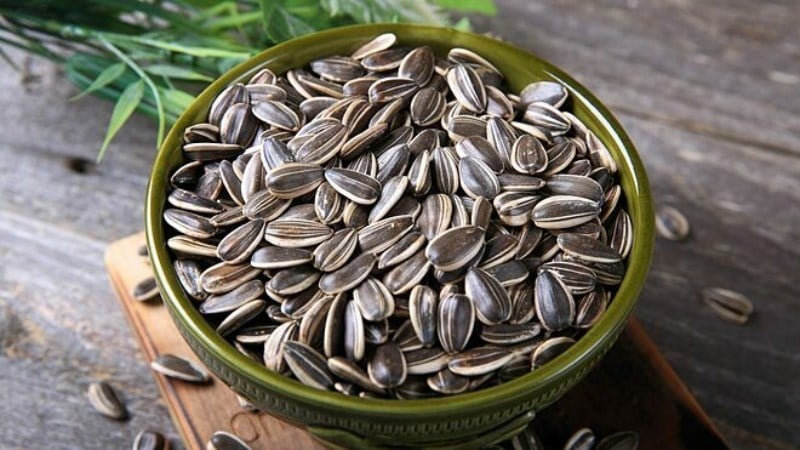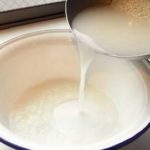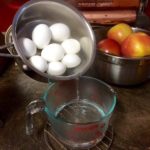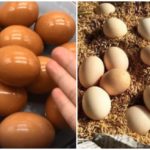Tea Residue
During the Lunar New Year, most families prepare small tea pots to invite guests. However, not everyone knows that tea residue is a “magic potion” that helps with flower cultivation.
After finding a small box or container, you can put the tea residue in it and add some leaves, mix in some soil. Then, add water to the container and place it under the sunlight. Wait until the water dries up, then you can use the mixture to grow flowers. This type of soil is rich in natural nutrients, allowing flowers to grow quickly and stay fresh all year round.

Seed Shells
During the Lunar New Year, many families have a habit of displaying various types of seeds such as sunflower seeds, peanuts, pumpkin seeds, dried tamarind… in candy trays. And the shells of peanuts, sunflower seeds, dried tamarinds… can be used as fertilizers for flowers and plants.
Instead of throwing them away, you can mix these seed shells into the soil for planting flowers, as they will make the soil softer and more crumbly. In addition, these seed shells contain a small amount of oil that can be absorbed by the plants over time. The most suitable “fertilizer” from seed shells is for flowers such as orchids, impatiens, roses…

Fruit Peels, Vegetable Scraps
When peeling fruits, you can keep the peels of fruits like oranges, grapefruits, bananas… as fertilizer for flowers. These peels themselves contain many trace elements that can provide nutrients for flower growth. First, cut the fruit peels into small pieces and add a little water. Then, put them in a closed container to ferment.
During the first week of fermenting the fruit peels and vegetable scraps, you should open the container for 1 to 2 days to let the air escape. After that, wait for about 2 more weeks for the fermentation process to complete and then you can use the mixture to water the flowers. However, you need to dilute the water from the fruit peels and vegetable scraps when watering to avoid burning the roots, and only water once a week.

Rice Washing Water
During the Lunar New Year and even on regular days, most families wash rice for cooking, making traditional rice cakes, or making sticky rice. Instead of pouring away the rice washing water, you can keep it for fertilizing flowers. Fermented rice washing water can provide nutrients for flowers, improve the soil pH, and make the soil more fertile and crumbly. Especially, rice washing water is suitable for watering flowers such as azaleas, camellias, roses…
However, the “drawback” of fermented rice washing water is its unpleasant smell. To overcome this, you can mix some beer or yogurt into the rice washing water. After mixing the ingredients in a closed container, you just need to wait for fermentation, then add a little water to dilute it before using it to water your plants. Additionally, you can also add some orange peels, lemon peels, or grapefruit peels to ferment together with the rice washing water. This helps to supplement nutrients for the plants and effectively eliminate the odor.






































